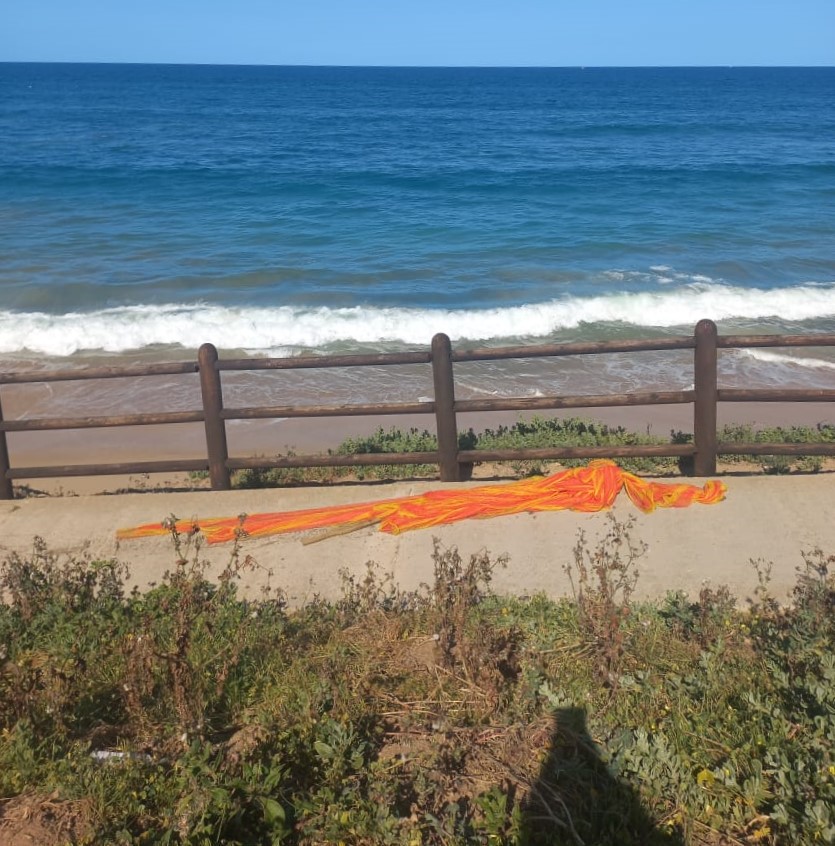HARTENBOS NEWS - Large sandbags are being placed along two sections of the ATKV Hartenbos resort, facing the sea, to prevent dune erosion.
The ATKV Hartenbos, which initiated the R9 million project, has obtained environmental authorisation for the placement of the geotextile sandbags directly in front of the resort.
Geotextile
A geotextile is a permeable material used with foundation, soil, rock, earth or sand to increase stability and decrease wind and water erosion.
It may be made of synthetic or natural fibres and is permeable, to allow the flow of fluids through it.
In contrast, a geo-membrane is a continuous membrane-type liner or barrier with low permeability to restrict flow of fluid in a constructed project, structure or system.
High seas
The dunes at the ATKV resort have eroded as a result of high seas. The sandbags are large and have to be filled and packed mechanically.
The work is being done in accordance with an approved environmental management and maintenance plan (EMMP) and under regular supervision of an environmental control officer (ECO) to ensure compliance with the approval conditions.
ATKV Hartenbos Resort manager Mornay Beukes said: "We hope to be finished by December if the weather allows us."
More than 20 years
The contractor for the project is Newport Civils, which has undertaken projects of this nature along the South How the sandbags can be stacked (location unknown).
African coastline for more than 20 years, Beukes points out.
He says some people think the municipality initiated the project and they voiced the complaint that "taxpayers' money is being wasted".
Protect property
Beukes notes: "It is the ATKV doing all of this to protect our own property, as well as municipal and private property, and to ensure locals and visitors enjoy the beautiful beaches and walkways."
The ATKV is paying for the total R9m cost of the project, he says.
A member of the public complained to Mossel Bay Advertiser that a piece of orange material, used as barricading, was found in the sea.
Threat to marine life
He noted it was a threat to marine life.
Beukes says: "We are sorry the orange barrier landed in the ocean, but the Department of Environmental Affairs requires that the areas where the contractor works must be cordoned off.
Orange barriers
"It might have been that one of the orange barriers landed in the ocean during the spring tide, when the waves were extremely high and rough.
"We will ask the contractor to be more observant about things like this, that could happen."
 ABOVE: The orange barricading material which landed in the sea.
ABOVE: The orange barricading material which landed in the sea.
BELOW: An aerial view showing the two places where the work is taking place.
 The large sandbags must be filled mechanically. They will look similar to these. Photo: For illustration purposesWe bring you the latest Garden Route, Hessequa, Karoo news’
The large sandbags must be filled mechanically. They will look similar to these. Photo: For illustration purposesWe bring you the latest Garden Route, Hessequa, Karoo news’















